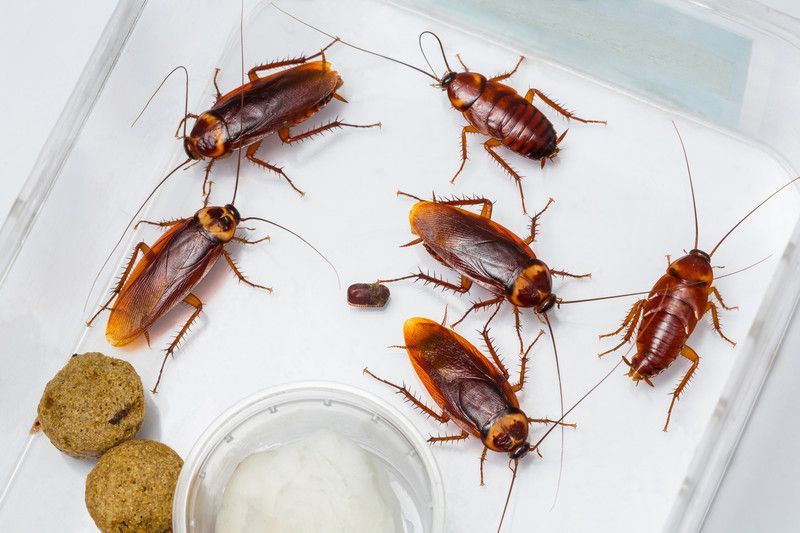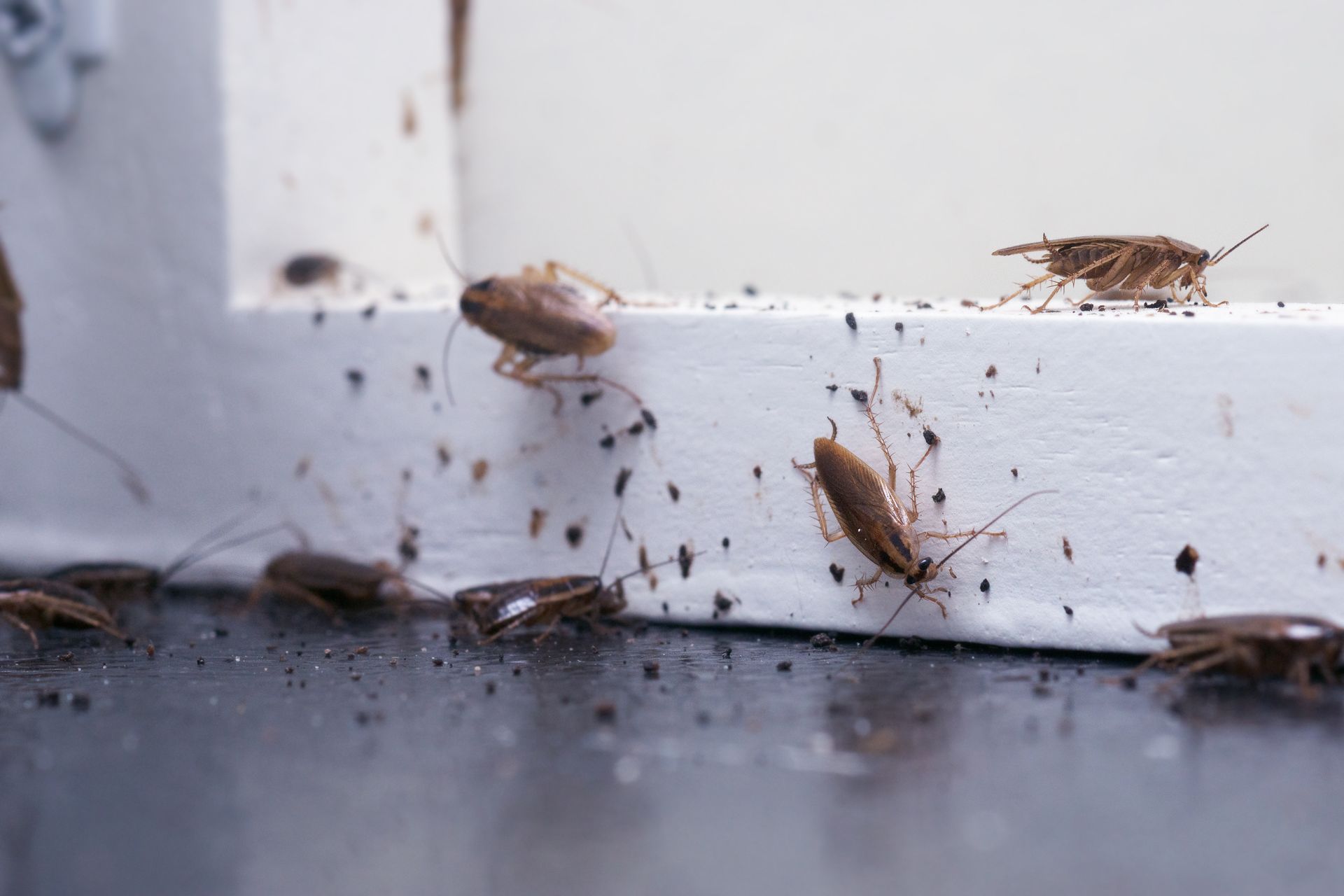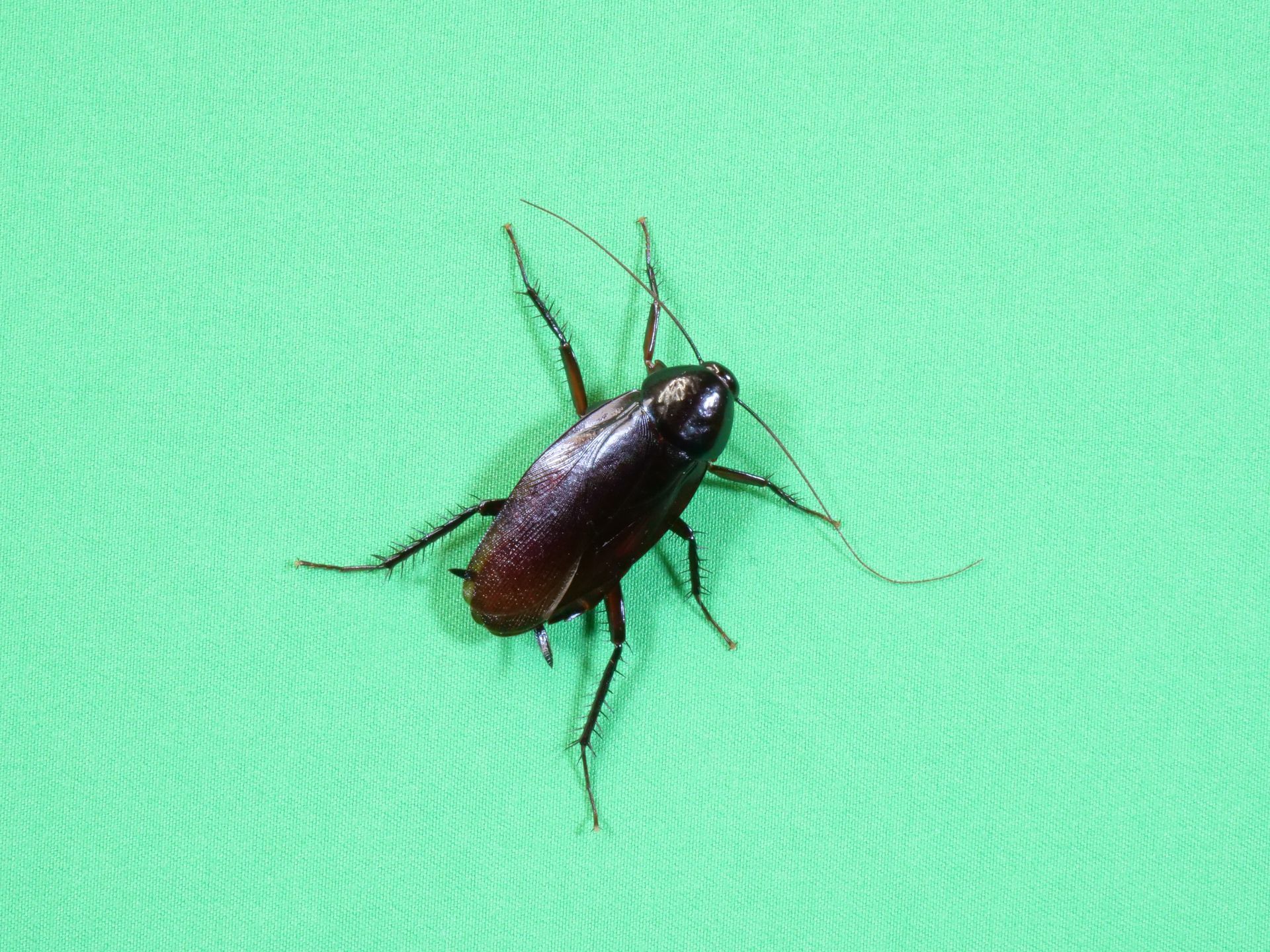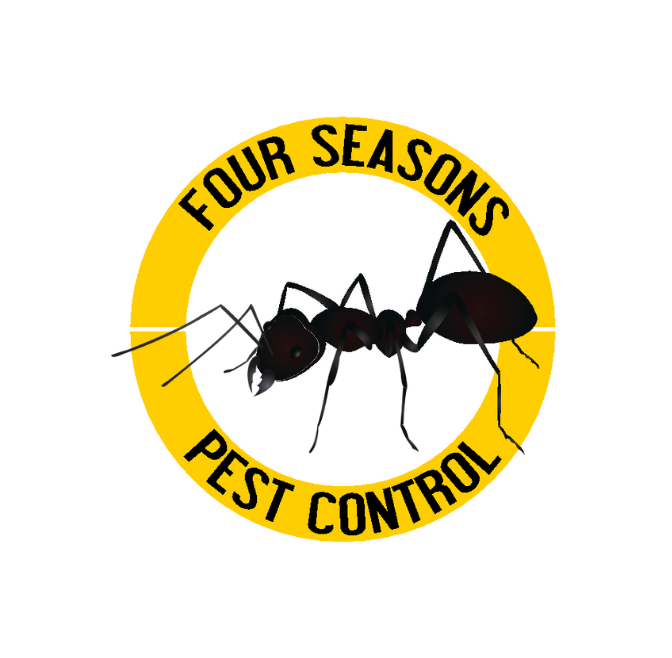Cockroaches Common to NC & VA
The main species of cockroaches in North Carolina and Virginia are;
Cockroaches are a type of insect belonging to the order Blattodea. They are infamous for their resilience and ability to adapt to various environments.
Anatomy:
- Cockroaches have a flat, oval-shaped body with a small head, long antennae, and six legs. They are well-adapted for crawling and can navigate through narrow spaces.
- Cockroach coloring can vary depending on the species, ranging from light brown to dark brown or black. Some species may exhibit mottled or striped patterns.
- Most cockroach species have wings, but not all are capable of flight. Some species have wings that cover the entire abdomen, while others have shorter wings that leave a portion of the abdomen exposed.
Life Cycle:
- Cockroaches undergo incomplete metamorphosis, with three life stages: egg, nymph, and adult. Nymphs resemble adults but are smaller and lack fully developed wings.
Ecological Importance:
- Cockroaches play a role in breaking down organic matter and accelerating the decomposition process. They feed on decaying plant matter, dead animals, and other organic debris, helping to recycle nutrients back into the soil.
Economic Impact:
- Cockroaches are notorious pests that can infest homes, restaurants, and other establishments. They can contaminate food supplies, spread pathogens, and trigger allergic reactions in humans.
- Cockroach infestations can lead to property damage by chewing on paper, cardboard, and electrical wiring. Their presence can also cause foul odors and stains, making affected areas unsanitary and unpleasant.
How to get rid of a Roach Infestation
When common cockroaches invade your home or business, it can be challenging to get rid of them. Persistence and a combination of methods will result in effective control and elimination.
Below are essential steps to get rid of common cockroaches:
- Identify the Type of Roach: Knowing the type of cockroach invading your home will help tailor the treatment.
- Sanitation: Keeping your home clean and free of food crumbs, spills, and standing water. Cockroaches, like any insect, need access to food or water. Don't give them the opportunity and leave food or spills out.
- Seal Entry Points: Seal cracks and crevices around doors, windows, pipes, and other entry points.
- Remove Clutter: Roaches like to hide in cluttered areas. Take the time to declutter your home, especially in kitchens and bathrooms. Remove any cardboard boxes you may have for storage.
- Monitor and Prevent Re-infestation: Continue monitoring. Maintain cleanliness, repair leaks, and seal entry points.
- Professional Pest Control: When in doubt, contact a professional. Four Seasons Pest Control has the knowledge and experience to eliminate cockroaches for you. We've dealt with all kinds of scenarios for roaches in NC.
When to Use a Pest Control Professional
You risk a more significant problem if you don't treat the first sign of an insect issue. We believe the best approach is the proactive approach. Avoid having an issue by being on a preventative plan.
Wondering when to use a pest control company? Below are some possible scenarios:
- Signs of Roach Activity: If you see live or dead cockroaches, droppings, or egg cases (oothecae).
- Unsanitary Conditions: Such as food crumbs, spills, trash, and standing water. These conditions are ideal for cockroaches.
- Recent Move or Travel: Moving to a new home or just if you have just gotten back from traveling. We recently had one customer bring a scorpion back from their vacation, and were totally unaware!
- Seasonal Changes: Cockroach activity may increase during certain seasons, such as warmer months when they're more active. It does not get cold enough to kill roaches off in our climate, so having regular service will keep them at bay.
- Previous Infestations: If you or your neighbors had roach issues in the past.
- Moving into a New Residence: Before moving into a multi-unit building or apartment.
- Businesses and Commercial Properties: These properties must comply with health and safety regulations. By taking a proactive approach, you are preventing issues before they arise.
Effective pest control measures often involve sanitation practices, habitat modification, and targeted insecticide application tailored to the specific species and infestation level.
If you are seeing a brown cockroach and don't know what to do, give Four Seasons Pest Control a call on (NC) 252-453-3601 or (VA) 757-729-1744. We have the experience to deal with any roach situation you can throw our way.
Contact Us
American Cockroach (Periplaneta americana):
 Read More
Read MoreSometimes referred to as a waterbug or palmetto bug.
Size: Larger than the German roach, averaging around 1.5 to 2 inches in length.
Color: Reddish-brown to dark brown, with a distinctive yellowish figure-eight pattern on the pronotum.
Habitat: Prefers to live in damp, dark, and secluded areas both indoors and outdoors, such as basements, crawl spaces, and sewers.
Behavior: Omnivorous scavengers, feeding on organic matter, but also known to consume starchy materials and decaying matter. Can fly short distances.
Health Concerns: Considered a potential health hazard due to their ability to spread pathogens and trigger allergic reactions. Commonly associated with urban environments.
German Cockroach (Blattella Germanic):
 Read More
Read MoreSize: These are the smallest of the three, around 1/2 to 5/8 inches long.
Color: Light brown to tan, with two dark stripes running lengthwise on the back of its head.
Habitat: Typically found indoors, particularly in warm and humid areas such as kitchens, bathrooms, and commercial food establishments.
Behavior: Highly adaptive and prolific breeders can quickly infest indoor spaces. Nocturnal and omnivorous, feeding on a variety of organic matter.
Health Concerns: Known to carry pathogens and trigger allergies, posing health risks to humans, particularly in densely populated areas.
Smokeybrown Cockroach (Periplaneta fuliginosa):
 Read More
Read MoreSize: Larger than the German roach, averaging around 1 to 1.25 inches in length.
Color: Dark brown to black, with a shiny or glossy appearance.
Habitat: Primarily an outdoor species, favoring moist and humid environments such as woodpiles, mulch, and leaf litter. Can also invade indoor spaces seeking food and shelter.
Behavior: Nocturnal scavengers feeding on decaying organic matter and other debris. Capable of flying.
Health Concerns: While not as closely associated with indoor environments as the German roach, the Smokybrown roach still poses health risks by contaminating food and surfaces with bacteria picked up from unsanitary environments.
